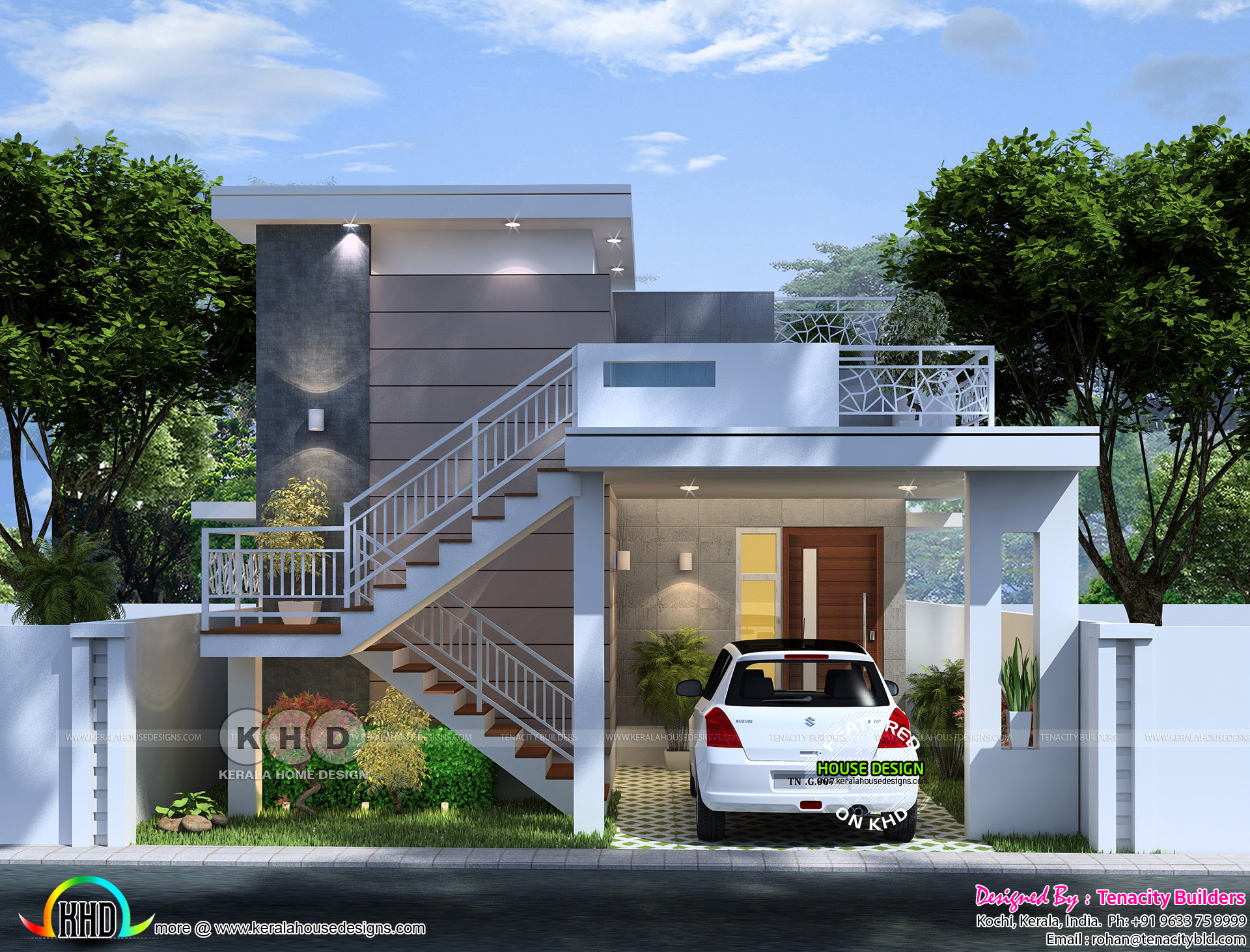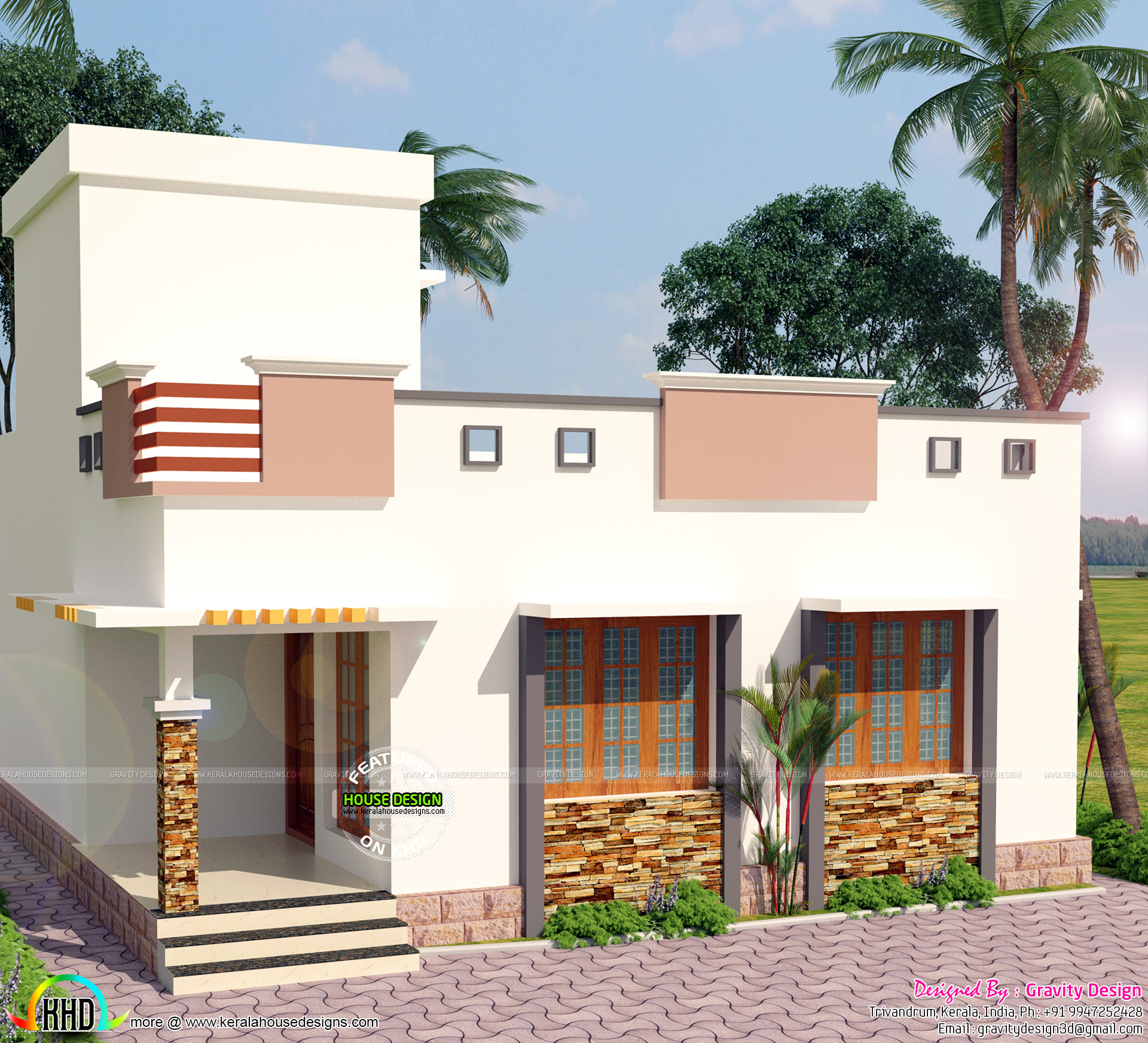Layout and Functionality: 900 Sq Ft House Plans 2 Bedroom

A well-designed floor plan is crucial for a 900 sq ft house, ensuring efficient use of space, optimal flow, and a comfortable living experience. This section will explore three distinct floor plan layouts for a 2-bedroom 900 sq ft house, highlighting their advantages and disadvantages. Additionally, we’ll discuss smart home features that can enhance functionality and create a modern living environment.
Floor Plan Layouts, 900 sq ft house plans 2 bedroom
The following floor plans offer different room arrangements and layouts, catering to diverse preferences and lifestyles. Each plan aims to maximize space utilization, natural light, and privacy.
- Open Concept Layout: This layout features a combined living, dining, and kitchen area, creating a spacious and social atmosphere. This design is ideal for entertaining and fostering a sense of openness. However, it may lack privacy and can be challenging to separate activities.
- Traditional Layout: This layout emphasizes distinct rooms, offering greater privacy and separation between spaces. The living room, dining room, and kitchen are typically separated, providing a more traditional and formal feel. However, this layout can feel compartmentalized and less conducive to open interaction.
- Split-Level Layout: This layout features a split-level design, often with the living room and kitchen on the main level and the bedrooms on a slightly lower or higher level. This design offers a sense of separation and can be beneficial for families with young children. However, it can create a sense of disconnection and may require more stairs for accessibility.
Pros and Cons of Each Layout
Each floor plan offers unique advantages and disadvantages, depending on individual needs and preferences.
Open Concept Layout
- Pros:
- Maximizes space and creates a sense of openness.
- Ideal for entertaining and social gatherings.
- Allows for natural light to flow throughout the living area.
- Cons:
- Limited privacy and separation between activities.
- Can be challenging to manage noise levels.
- May require careful furniture placement to avoid clutter.
Traditional Layout
- Pros:
- Provides privacy and separation between rooms.
- Offers a more traditional and formal atmosphere.
- Allows for more defined and organized living spaces.
- Cons:
- Can feel compartmentalized and less open.
- May limit natural light flow.
- Can be less conducive to open interaction.
Split-Level Layout
- Pros:
- Offers a sense of separation and privacy.
- Can be beneficial for families with young children.
- Allows for different levels of activity and noise.
- Cons:
- Can create a sense of disconnection between levels.
- May require more stairs for accessibility.
- Can be challenging to manage furniture placement and flow.
Smart Home Features
Smart home features can significantly enhance the functionality and convenience of a 900 sq ft house.
- Smart Lighting: Automated lighting systems can adjust brightness and color temperature based on time of day, activity, or even voice commands. This feature can enhance safety, energy efficiency, and ambiance.
- Smart Thermostat: A smart thermostat can learn your heating and cooling preferences and automatically adjust temperatures to optimize comfort and energy savings.
- Smart Security: Smart security systems with cameras, motion sensors, and door/window sensors can provide peace of mind and enhance home safety. These systems can be monitored remotely, allowing you to check on your home from anywhere.
Interior Design Ideas

A 900 square foot house with two bedrooms offers a fantastic canvas for creative interior design. Whether you prefer a minimalist aesthetic, a cozy farmhouse vibe, or a touch of modern glam, there are plenty of ways to maximize space and create a stylish and functional home.
Mood Boards and Style Inspirations
Here are three distinct interior design styles that can be adapted to a 900 square foot house with two bedrooms. Each mood board showcases a color palette, furniture choices, and decorative accents that capture the essence of the style.
- Minimalist: This style emphasizes simplicity and functionality. The color palette is typically neutral, featuring shades of white, gray, black, and beige. Furniture is sleek and modern, with clean lines and minimal ornamentation. Decorative accents are kept to a minimum, with a focus on natural materials like wood and stone.
- Farmhouse: This style evokes a sense of warmth and rustic charm. The color palette is often inspired by nature, featuring warm neutrals, earthy browns, and pops of blue or green. Furniture is typically made from natural materials like wood and metal, with distressed finishes and vintage accents. Decorative accents include woven baskets, farmhouse-style lighting, and floral patterns.
- Modern Glam: This style combines modern design elements with a touch of glamour. The color palette features bold and sophisticated colors like black, white, gold, and silver. Furniture is sleek and stylish, with metallic accents and luxurious fabrics. Decorative accents include mirrored surfaces, geometric patterns, and statement lighting.
Creating a Sense of Spaciousness and Flow
In a smaller home, it’s essential to create a sense of spaciousness and flow. Here are some tips:
- Use Light Colors: Light colors reflect light, making rooms appear larger. Consider using a light color palette for walls and ceilings.
- Maximize Natural Light: Natural light can make a space feel more open and inviting. Keep windows uncovered and use light-colored curtains.
- Use Mirrors: Mirrors can create the illusion of more space by reflecting light and making rooms appear larger.
- Choose Multifunctional Furniture: Multifunctional furniture, such as a sofa bed or a coffee table with storage, can save space and add versatility.
- Keep It Clutter-Free: Clutter can make a small space feel cramped. Keep surfaces clear and use storage solutions to keep belongings organized.
